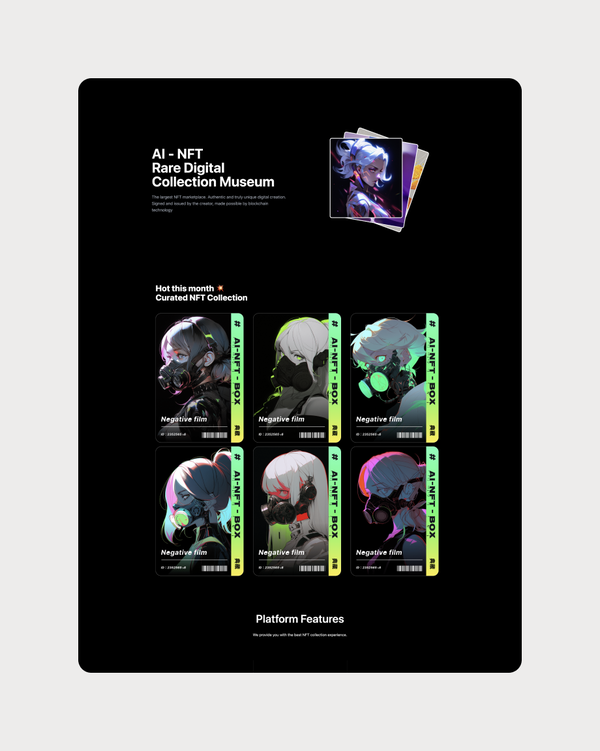Best Website Designer Resources
What Is Best Website Designer?
Best Website Designer
In today’s digital age, having a strong online presence is crucial for businesses to succeed. A well-designed website can help attract and retain customers, showcase products and services, and establish credibility and authority in the industry. As technology advances and consumer preferences evolve, web design trends are constantly changing. To stay competitive, businesses need to stay up-to-date with the latest trends and incorporate them into their website design.

A Beginner’s Guide to Best Website Designer
Best Website Designer
Website builders are online tools that allow users to create and customize their own websites without the need for coding or design experience. These platforms offer a range of templates, drag-and-drop features, and other tools that make it easy for even the most technologically-challenged individuals to create a professional-looking website. For small businesses, website builders offer a cost-effective and user-friendly solution to establishing an online presence.
There are many website builders available on the market, each with its own unique features and pricing options. When choosing a website builder for your small business, it’s important to consider factors such as ease of use, customization options, mobile responsiveness, and customer support. To help you make an informed decision, here are some of the top website builders for small businesses:
1. Wix: Wix is one of the most popular website builders on the market, known for its user-friendly interface and extensive customization options. With Wix, small business owners can choose from hundreds of templates, customize their site with drag-and-drop tools, and even add features such as e-commerce functionality and contact forms. Wix also offers excellent customer support and a mobile-responsive design, making it a great option for small businesses looking to establish a professional online presence.
2. Squarespace: Squarespace is another website builder that is ideal for small businesses looking for a sleek and modern design. Squarespace offers a range of professionally-designed templates that can be easily customized to suit your brand. The platform also includes features such as e-commerce functionality, SEO tools, and analytics tracking. While Squarespace may have a steeper learning curve than some other website builders, its beautiful design options make it worth the investment for small businesses looking to make a strong visual impression online.
3. Shopify: If your small business focuses on e-commerce, Shopify is a top choice for building an online store. Shopify offers a range of customizable templates, payment processing options, and inventory management tools to help small businesses succeed in the online marketplace. With Shopify, small business owners can easily set up their store, add products, and track sales all in one platform. While Shopify does have a monthly fee, the robust features and support make it a worthwhile investment for small businesses looking to sell products online.
4. WordPress: WordPress is a popular website builder that is widely used by small businesses and bloggers alike. With WordPress, users have access to thousands of themes and plugins that can help customize their site to fit their needs. While WordPress does have a steeper learning curve than some other website builders, its flexibility and scalability make it a powerful tool for small businesses looking to grow their online presence. WordPress also offers excellent SEO capabilities, making it a great choice for businesses looking to increase their visibility in search engine results.
5. Weebly: Weebly is an affordable website builder that is perfect for small businesses on a budget. Weebly offers a range of customizable templates, drag-and-drop tools, and e-commerce functionality to help small businesses create a professional online presence. Weebly also offers built-in SEO tools, analytics tracking, and mobile responsiveness, making it a great all-in-one solution for small businesses looking to launch their website quickly and easily.
One of the top AI website builders is Wix. Wix offers a user-friendly drag-and-drop interface that allows users to easily customize their website layout and design. The platform also features hundreds of templates and design elements to choose from, making it easy to create a unique and visually appealing website. Additionally, Wix’s AI technology, known as Wix ADI (Artificial Design Intelligence), can create a personalized website for users based on their preferences and needs. This makes the process of building a website quick and hassle-free.
Another popular AI website builder is Squarespace. Squarespace is known for its sleek and modern templates that are perfect for businesses looking to showcase their products or services. The platform offers a variety of customizable design options, including fonts, colors, and layouts, allowing users to create a website that reflects their brand identity. Squarespace also features a built-in AI tool called Squarespace LogoMaker, which can create a custom logo for businesses in minutes. With its intuitive design interface and AI-powered tools, Squarespace makes it easy for users to create a professional website with minimal effort.
Weebly is another top AI website builder that is perfect for users looking for simplicity and ease of use. Weebly’s drag-and-drop interface makes it easy to build a website from scratch, with no coding required. The platform offers a variety of templates and design elements to choose from, allowing users to create a unique and visually appealing website. Weebly’s AI technology can also suggest design elements and layouts based on the user’s preferences, making it even easier to create a personalized website. With its user-friendly interface and AI-powered features, Weebly is a great option for small businesses and entrepreneurs looking to establish an online presence.
For those looking for a more advanced AI website builder, Adobe Dreamweaver is a great option. Dreamweaver offers a wide range of design and customization options, allowing users to create a website that is completely tailored to their needs. The platform features a powerful AI tool called Adobe Sensei, which can generate code based on the user’s design preferences. This makes it easy for users to customize their website layout and design without having to write code. With its advanced AI technology and robust features, Adobe Dreamweaver is a top choice for users looking for a high-level website builder.

Best Website Designer
Best Website Designer
In today’s digital age, having a visually appealing and user-friendly website is crucial for the success of any business. A well-designed website can help attract new customers, build credibility, and increase conversion rates. However, designing a website is not as simple as it may seem. It requires a strategic and systematic approach to ensure that the final product meets the needs and expectations of both the business and its target audience. In this article, we will discuss the website design process in detail, outlining the key steps involved in creating a successful website.
Step 1: Define the Purpose and Goals
The first step in the website design process is to clearly define the purpose and goals of the website. This involves identifying the target audience, understanding their needs and preferences, and determining the desired outcomes for the website. For example, is the website meant to generate leads, drive sales, provide information, or showcase products and services? By having a clear understanding of the purpose and goals of the website, you can better tailor the design and content to meet these objectives.
Step 2: Conduct Research
Once the purpose and goals of the website have been defined, the next step is to conduct research. This involves analyzing the competition, researching industry trends, and gathering insights into the preferences and behaviors of the target audience. By conducting thorough research, you can gain a better understanding of what works and what doesn’t in your industry, helping you make informed design decisions.
Step 3: Create a Wireframe
After conducting research, the next step in the website design process is to create a wireframe. A wireframe is a visual representation of the layout and structure of the website, showing the placement of various elements such as navigation menus, headers, footers, and content sections. Creating a wireframe allows you to plan the overall design and functionality of the website before moving on to the visual design phase.
Step 4: Design the Visual Elements
Once the wireframe has been finalized, the next step is to design the visual elements of the website. This involves creating a visually appealing and consistent design that reflects the brand identity and resonates with the target audience. Elements such as color scheme, typography, imagery, and layout are carefully considered to create a cohesive and attractive design that conveys the desired message and engages users.
Step 5: Develop the Website
After the visual design has been approved, the next step is to develop the website. This involves coding the design into a functioning website using HTML, CSS, and other programming languages. During the development phase, the website is tested for functionality, responsiveness, and compatibility across different devices and browsers to ensure a seamless user experience.
Step 6: Test and Optimize
Once the website has been developed, it is essential to test and optimize its performance. This involves conducting usability tests to identify any usability issues, testing load times to ensure fast page speeds, and optimizing the website for search engines to improve visibility and accessibility. By testing and optimizing the website, you can ensure that it meets the needs and expectations of users, leading to better engagement and conversions.
Step 7: Launch and Monitor
The final step in the website design process is to launch the website and monitor its performance. This involves deploying the website to a live server, promoting it to the target audience, and tracking key metrics such as traffic, engagement, and conversions. By monitoring the performance of the website, you can identify areas for improvement and make informed decisions to optimize its effectiveness over time.


